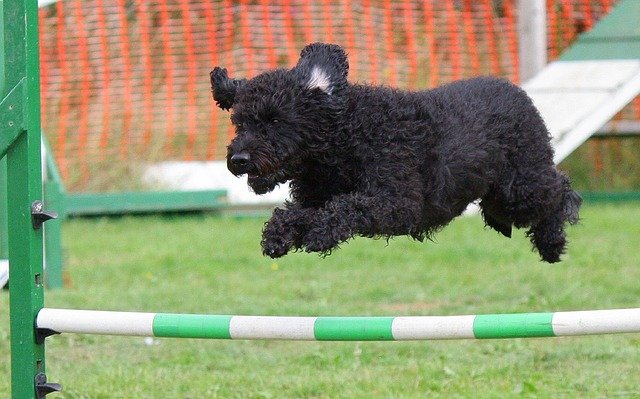Pet Toys: Uses for Enrichment, Chewing, and Treat Dispensing
Toys are a core part of everyday care for many companion animals, helping meet physical needs and mental stimulation. Well-chosen pet toys can reduce boredom, encourage natural behaviors, and support training. This article explains common categories of toys, what problems they address, and how they relate to animal wellness and pet development.

Puzzle feeders: what they do and why use them
Puzzle feeders are interactive bowls or devices that require pets to work for food or kibble. For dogs and cats, these toys slow down fast eaters, extend mealtime into an opportunity for mental exercise, and simulate foraging behaviors. Using a puzzle feeder for a few meals per week can reduce gulping, support digestion, and create predictable enrichment.
When selecting a puzzle feeder consider size of the reward openings, material durability, and ease of cleaning. Rotating puzzle complexity over time keeps pets challenged. For multi-pet households, choose designs that limit resource guarding or feed animals separately to avoid conflict.
Treat dispensing: safe options and training uses
Treat dispensing toys release small rewards when manipulated, rewarding exploration and problem-solving while reinforcing desired behaviors. They work well for training sessions, as an alternative to free treats, and for longer-term engagement when left alone. Treat dispensing toys vary from simple ball dispensers to compartmentalized modules that require multiple actions.
Safety is important: use treats sized to the device and the pet’s dietary needs, and monitor initial sessions to ensure the pet doesn’t chew apart the toy. For pets on restricted diets, calculate calories from dispensed treats into daily totals or use portions of regular kibble as the reward.
Chew toys: materials, safety, and dental impact
Chew toys satisfy natural chewing drives, help with teething in puppies and kittens, and can reduce destructive behaviors. Available materials include rubber, nylon, rope, and edible chews; each has pros and cons. Durable rubber toys are good for powerful chewers, while softer options suit smaller pets or those with dental sensitivity.
Inspect chew toys regularly for damage and discard any pieces that can be swallowed. Avoid toys with small parts that detach easily. Some chew toys offer dental benefits by helping remove plaque and massage gums, but they are not a replacement for veterinary dental care.
Animal wellness: how play affects health
Play and appropriate toys contribute to animal wellness by promoting exercise, reducing stress, and encouraging social interaction. Regular mental and physical stimulation can lower anxiety-related behaviors, improve cardiovascular health, and support healthy weight. Integrating a range of toys—interactive, chewable, and scent-based—addresses different needs throughout a pet’s life.
This article is for informational purposes only and should not be considered medical advice. Please consult a qualified healthcare professional for personalized guidance and treatment.
Pet development: matching toys to life stages
Toys should evolve with a pet’s developmental stage. Puppies and kittens benefit from teething-friendly chew toys and gentle puzzle toys that build confidence. Adolescent animals often need more vigorous play and durable chew options to manage energy and prevent boredom. Senior pets may prefer gentler textures, simpler puzzles, and toys that encourage light activity to maintain mobility without strain.
Observe individual preferences and activity levels. Some pets enjoy scent or food-motivated play while others prefer chasing or tugging. Combining different toy types supports cognitive growth, motor skills, and social bonding during training and play sessions.
Conclusion
Choosing pet toys with attention to safety, appropriate challenge, and material durability supports both immediate enjoyment and long-term animal wellness. Puzzle feeders and treat dispensing toys offer mental stimulation and slow feeding, while chew toys address natural chewing instincts and can aid dental care when used properly. Adjust toy selection as pets grow and monitor wear to keep play safe and effective.






